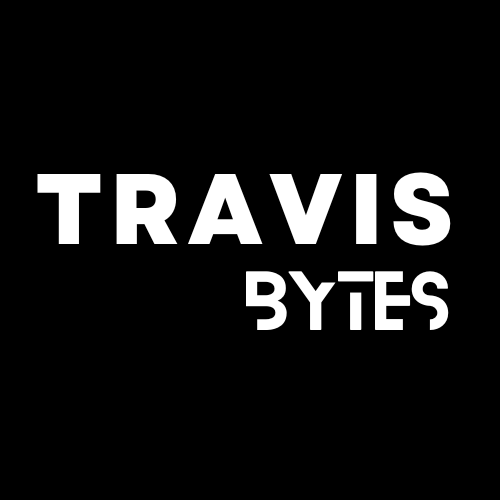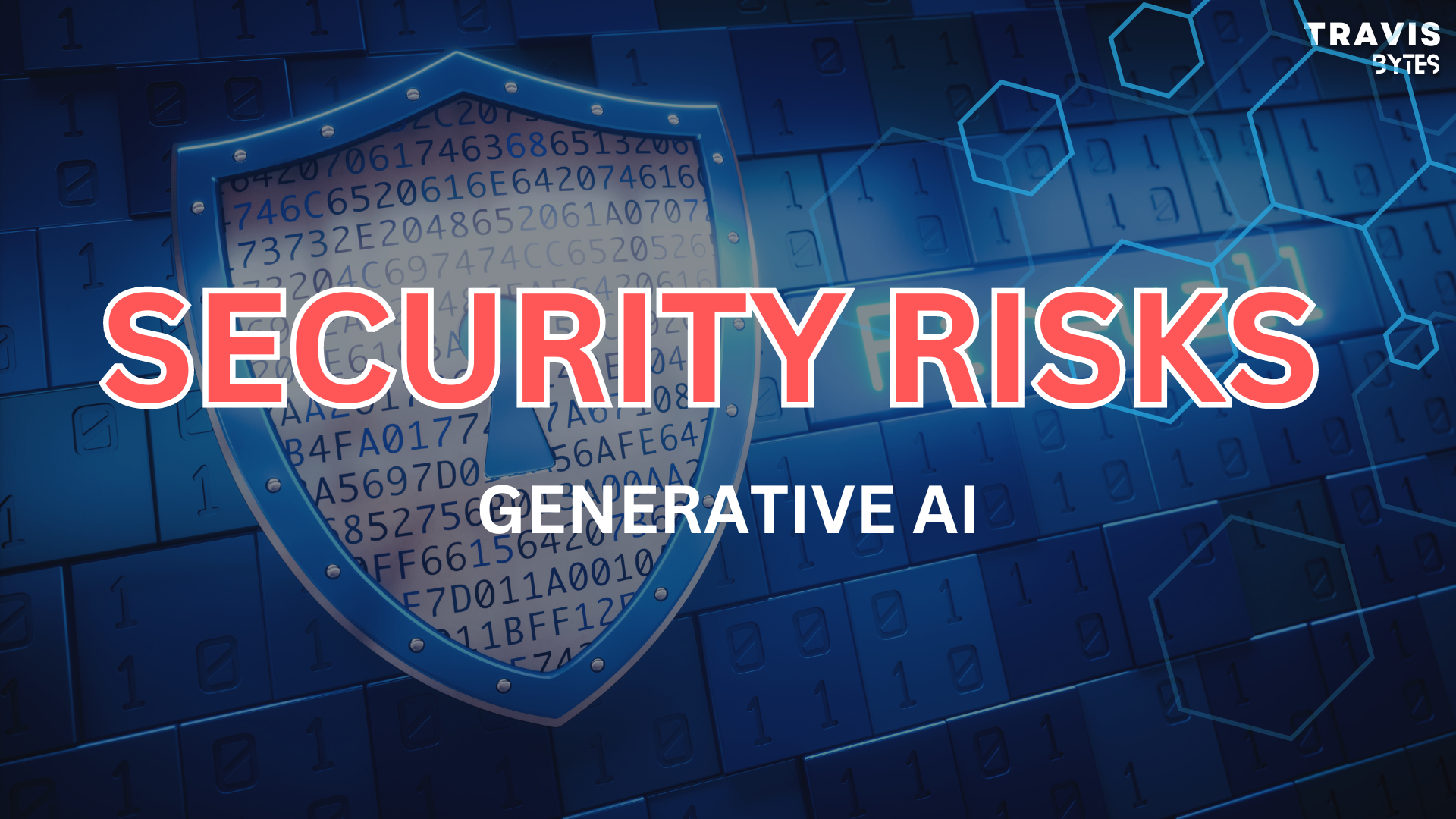Introduction
Generative AI has become more ready and integrated into many businesses. But great power comes always with great responsibility. As businesses adopt generative AI, it’s crucial to be aware of the security risks that come with it. In this article, We will explore the key security risks of generative AI and provide practical measures to mitigate them.
Security Risks of Generative AI
Generative AI brings security risks that businesses must be aware of and tackle head-on. Let’s break down these risks in simpler terms:
1. Data Overflow
Generative AI tools allow users to input all sorts of data, including sensitive information during training and use. This can lead to accidental exposure of confidential data like intellectual property or customer details.
To safeguard sensitive information, businesses need strict access controls, encryption measures, testing processes, and robust data anonymization techniques.
2. Data Storage & Compliance
As generative AI models learn, they need a place to store data. Sharing and Storing sensitive business data in third-party storage spaces can be risky if not properly protected and create compliance issues, violating regulations like GDPR or CPRA.
Secure data storage practices, like encryption and access controls, are essential to safeguard sensitive information. Ensure compliance with relevant laws to avoid penalties and maintain customer trust.
3. AI Misuse and Malicious Attacks
Generative AI can be misapplied by attackers to create deepfakes or generate misleading information.
- Unchecked code: One of the strong abilities of Gen AI is to generate code but without proper checks in place that leads to security issues in your system
- Prompt injections: Likely the most commonly used attack. It involves overriding the original prompt’s intention through a special set of user inputs. LLMs typically have built-in constraints that prevent them from generating harmful or malicious responses but Clever companies should prepare.
- Model Injections: Hackers are trying to manipulate models by brute force. Recently, 100 malicious models were found on Hugging Face, a popular AI model repository, that can compromise user environments. This could lead to large-scale data breaches or corporate espionage. Although Hugging Face has implemented security measures, it’s best to scan each model rigorously before uploading it.
Insufficient security measures can make AI systems vulnerable to cyberattacks. Implementing robust security protocols, conducting regular vulnerability assessments, and keeping AI systems up-to-date is crucial for protection.
Mitigating the Security Risks
To effectively tackle these security risks, businesses should focus on practical measures:
- Employee Awareness: Educate employees about handling sensitive information and being vigilant about potential risks.
- Security Frameworks: Implement robust security frameworks to limit access and prevent malware attacks.
- Technological Solutions: Leverage technologies like Data Loss Prevention (DLP) and Risk-Adaptive Protection (RAP) to prevent data breaches and unauthorized access.
Additional Security Considerations
In addition to the primary security risks, businesses must address other important aspects:
- Regularly scan and check code for vulnerabilities.
- Analyze user inputs to identify and prevent potential risks.
- Stay awake about unexpected prompts and emerging behavior.
- Protect data integrity by preventing unauthorized model injections.
- Educate employees about social engineering attacks and raise awareness.
Conclusion
Generative AI offers immense potential for businesses, but it also brings security challenges. By understanding the risks and implementing practical measures, businesses can harness the power of generative AI while protecting sensitive data and maintaining customer trust. Stay updated with emerging threats and adapt your security measures to safeguard your generative AI applications effectively.
Stay safe!

